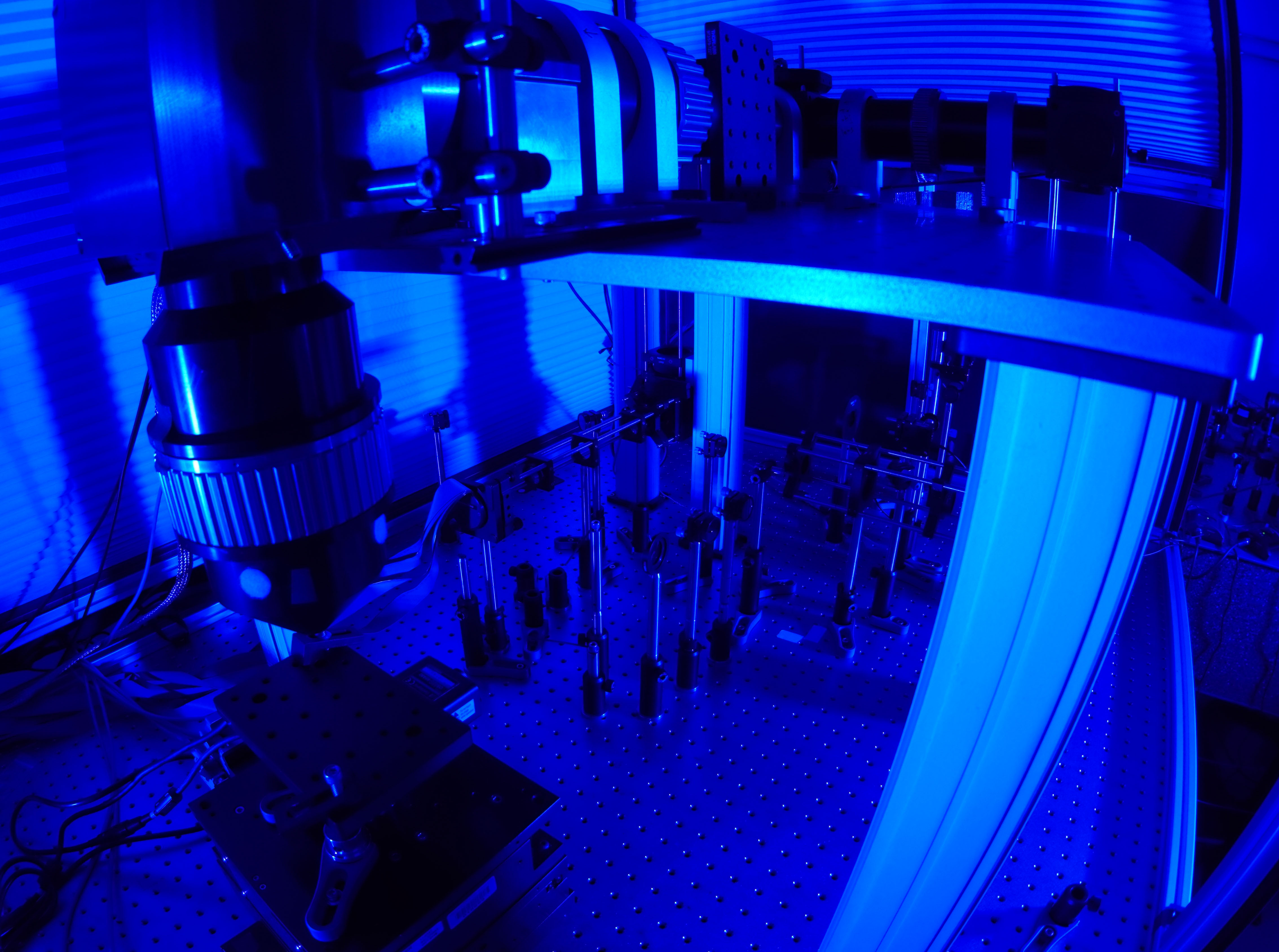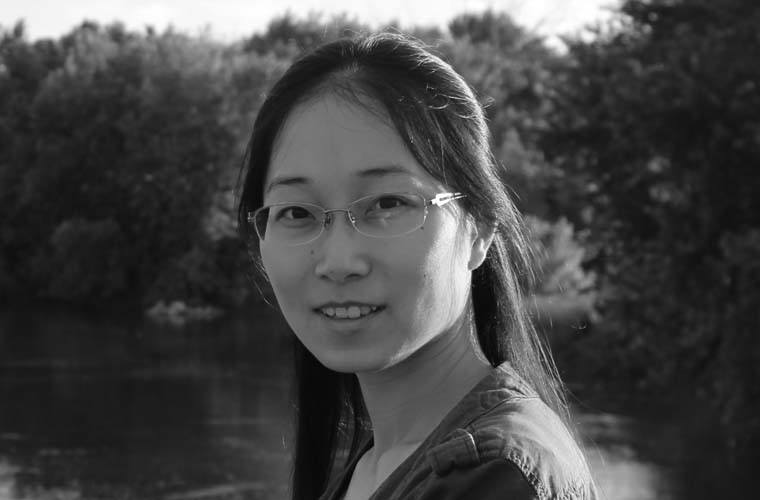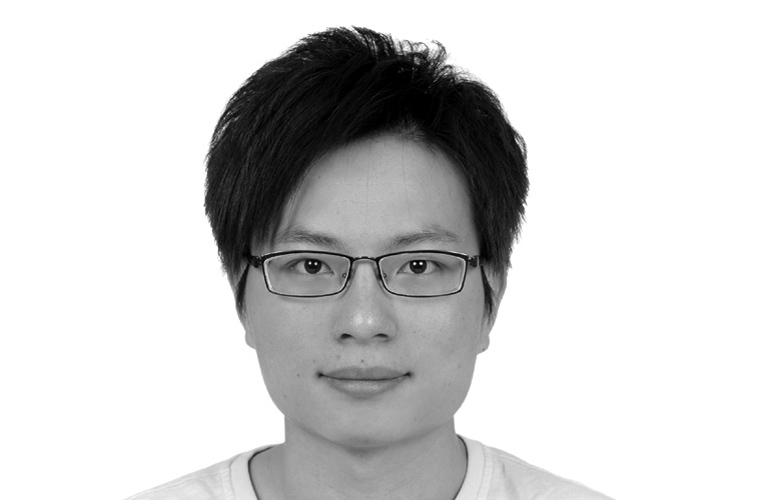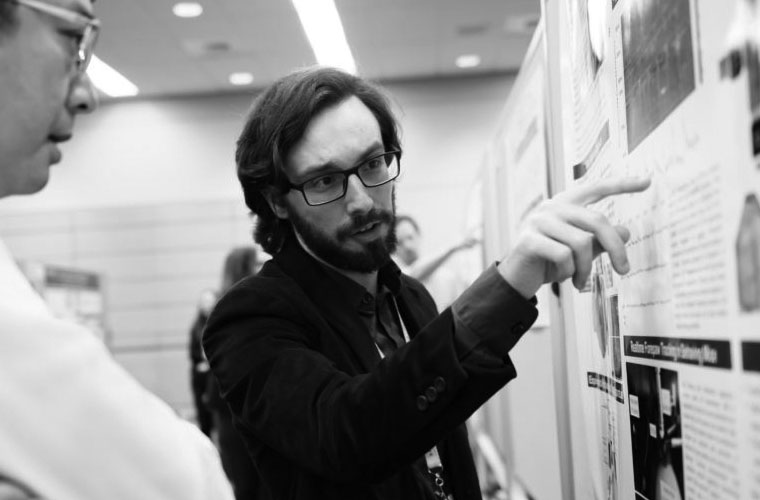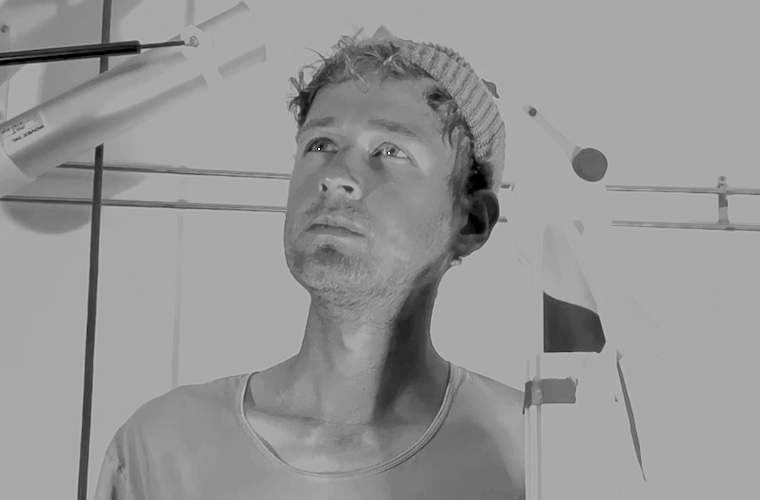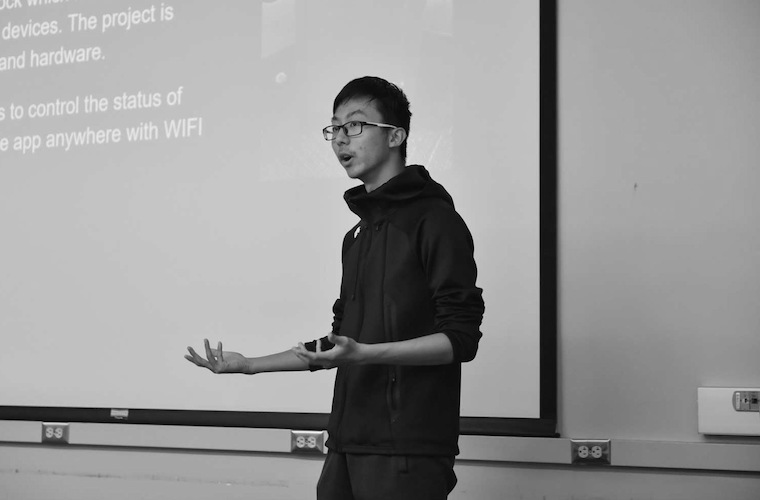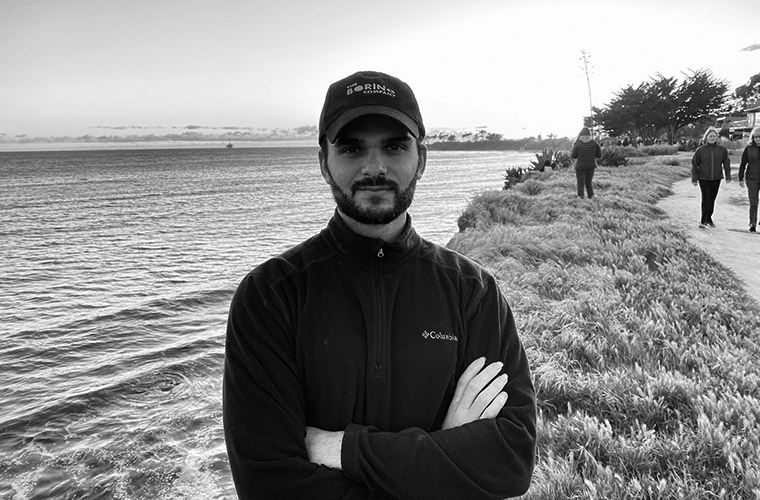-
SLAB
Exploring Computation,
Neuroscience, and Optics
Research and Engineering laboratory
UC Santa Barbara![]()
Research
Next generation multiphoton imaging
We have developed new optical systems for imaging neuronal activity with neuronal and synaptic resolution across multiple brain areas. We are developing further advances and new approaches to enable new neuroscience experiments.
Quantitative behavior technology
To explore cellular and population activity in a context in which behaviorally relevant mechanisms are engaged, we have developed and optimized instrumentation to explore quantitative psychophysical behavior guided by complex visual stimuli.
Neuronal population dynamics
We are exploring population dynamics with single cell resolution to elucidate principles of circuit architecture, dynamics, and computation. We are currently using this technology to explore activity in cortical areas in mice.
Machine learning
Brain-like computing approaches can complement conventional von Neumann machines. These approaches including neuromorphic engineering and artificial neural networks. We determine principles of brain computation that can be useful in machines.
Optical computation
Free space optics can be powerful tools for computation. We are exploring new technologies to attain improved performance, efficiency, flexibility, and scalability.
New neurotechnology
We are exploring the technological headroom in several domains for developing new tools and techniques for neuroscience and other biological applications.
-
Computation, neuroscience, and optics
on the American Riviera
Selected Recent Publications
CH Yu, Y Yu, LM Adsit, ..., IT Smith, SL Smith
Nature Methods
Visual information is broadcast among cortical areas in discrete channels
Y Yu, JN Stirman, CR Dorsett, SL Smith
eLife
Google Scholar
People
Spencer LaVere Smith, Ph.D.
Principal Investigator
Professor, Dept. of Elect. & Comp. Eng.
Chair, Dynamical Neuroscience Graduate Program
CEO, Pacific Optica
Postdocs: University College London and UCLA
Ph.D.: UCLA, Neuro; B.S. (double): U Iowa, Physics & Math
Yiyi Yu, Ph.D.
Postdoctoral Scholar
Ph.D.: Carnegie Mellon University
B.S.: Zhejiang University, biological science
Che-Hang Yu, Ph.D.
Lead Engineer/Postdoc
Ph.D., M.S.: Harvard University, Applied Physics
M.S.: National Taiwan University, Photonics
B.S.: National Tsing Hua University, EE
Joseph Canzano, M.S.
Graduate Student
Dynamical Neurosciences at UCSB
M.S., U Florida, medical science
B.S., U North Florida, biology
Samuel Fei, M.S.
Graduate Student
M.S., UCSB
B.S., UCSB
Dawson Lyles
Graduate Student
B.S., UCLA, Physics
B.S., UCLA, Applied Mathematics
Antonis Antoniades
Graduate Student
B.S., UCSB
-
Neuroscience and Neuroengineering
on the American Riviera
-
The field of multiphoton microscopy has been transformed with the introduction of the Cousa objective – an ultra-long working distance air immersion objective. This groundbreaking tool is designed to overcome limitations that have plagued researchers for years, such as short working distances and the need for water immersion. Class 5 Photonics Application News (2023)
-
This is a long-overdue, very careful behavioral paper showing that mice can discriminate natural scenes quite well. It will be important for any study on natural mouse vision. BERENS, BIORXIV (2018)
-
Two-photon calcium imaging of somatic and dendritic calcium transients, with simultaneous dendritic recordings, provided the most direct evidence of local dendritic spiking. YATES, NATURE REVIEWS NEUROSCIENCE 14, 815 (2013)
-
A technically impressive study, combining in vivo patch-clamp recording of dendrites together with calcium imging of the soma in primary visual cortex of anaesthetized and awake mice, demonstrates that dendritic spikes occur in vivo and contribute to orientation selectivity. BRUNEL ET AL., CURRENT OPINION IN NEUROBIOLOGY 25:149-155 (2014)
-
By zooming into the mouse visual system with a two-photon microscope, Smith and Hausser provide important insights into how cortex produces diverse functional tuning under the constraint of low divergence. Their work will serve as a valuable reference for imaging the visual system at finer resolution in other species. SIROTIN AND DAS, NATURE NEUROSCIENCE 13, 1045 (2010)
-
This is a reference point to minimize electrode size and increase the spatial density in MEAs [microelectrode arrays]. ROTHSCHILD, FRONTIERS IN NEUROENGINEERING (2010)
Notes
Find resources for multiphoton imaging in neuroscience at the Nemonic wiki. Videos are posted here. We also run a Slack-like mattermost community for discussing technical issues in multiphoton imaging and related technology, at the link here, and email us if you want access.
Our work is supported by the NSF and the NIH, specifically the NINDS and the NEI. In addition, SLAB has been fortunate to recieve generous support from HFSP, the Klingenstein Foundation, the Whitehall Foundation, the Simons Foundation, and the McKnight Endowment Fund for Neuroscience.
We are always happy to hear from highly qualified and motivated individuals who are interested in potentially joining the lab. Contact information is below.
-
Exploring computation, neural circuits, and optics with innovative instrumentation

